|
|||||||||||||
|
|
|||||||||||||
|
|
|||||||||||||
What is a slum?Slums are neglected parts of cities where housing and living conditions are appallingly lacking. Slums range from high density, squalid central city tenements to spontaneous squatter settlements without legal recognition or rights, sprawling at the edge of cities. Some are more than fifty years old, some are land invasions just underway. Slums may be called by various names, Favelas, Kampungs, Tugurios, yet share the same miserable living conditions. |
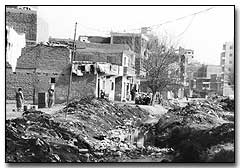
Cairo, Egypt. Lack of basic services are |
||||||||||||
Slums do not have:
|
|||||||||||||
|
|||||||||||||
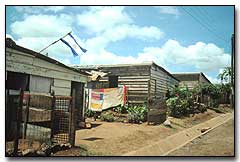
San Salvador, El Salvador. Streets and drainage are a part of a basic package. |
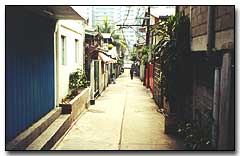
Tondo Project, Philippines. Pride of place! |
||||||||||||
|
Upgrading customarily provides a package of improvements in streets, footpaths and drainage as well. Solid waste collection is frequently included with its positive impact on health, along with street lights for security and night activity. Electricity to homes is often initiated later - and sometimes even before! - by private companies. But this physical improvement is only the beginning: health issues need to be addressed by providing clinics and health education programs, school facilities and teacher training are needed to attack the lack of basic education, and lastly programs are offered to increase income earning opportunities and the general economic health of a community. Upgrading is the start to becoming a recognized citizen. |
|||||||||||||
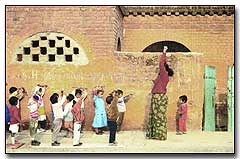
New Delhi, India. Education an important part of upgrading. |
What is needed to make upgrading work?The most important element for success is commitment by all: the city, the community, and the families. A sense of partnership must be developed among them. And secondly upgrading must meet a real need - people must want it and understand the value. To implement, you must get the institutional arrangements right: give incentives for agencies to work with the poor, keep everyone informed and coordinate between stakeholders, and define clearly the roles of the various agencies. And to keep upgrading going, sustainability concerns must be a priority in financing, institutions, and regulations. |
||||||||||||
|
|||||||||||||
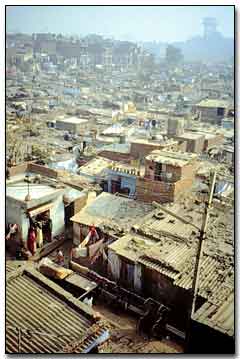
New Delhi, India. Informal sector |
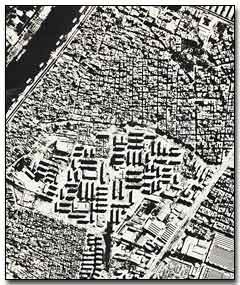
Cairo, Egypt. Whose city is it? |
||||||||||||
What are the benefits of upgrading?The benefits are simply that people obtain an improved, healthy and secure living environment without being displaced. The investments they have already made to their properties remain and are enhanced - this is significantly better than removing them to costlier alternatives that are less acceptable to them. Recognizing title and security of tenure makes a positive contribution to both the economic prospects of the poor, as well as to the national economy. Experience has shown that slum upgrading projects are associated with social and economic benefits that are particularly high. For example in a recently upgraded area of El Mezquital, Guatemala, infant mortality rates fell by 90 percent and crime by 43 percent. Regularization of land tenure results in significant private investment in these communities - US$7 private investment for $1 of public funds. |

Lima, Peru. The future will benefit most. |
||||||||||||
What about the urban – rural linkages?Many poor households have livelihoods that draw on rural and urban resources or opportunities. Urban and rural areas are closely linked, each contributing to the other, which needs to be considered in development planning. Agriculture has a strong impact on urban development. But the most important difference is the level of income needed to avoid poverty. <MORE> |
|||||||||||||
|
|||||||||||||
